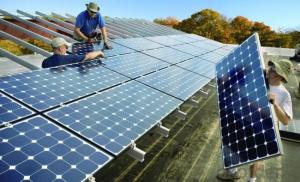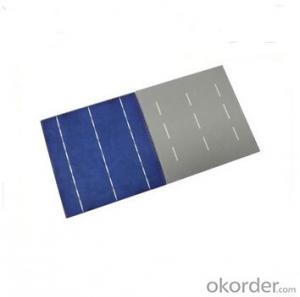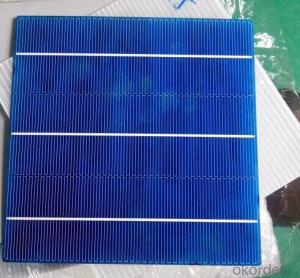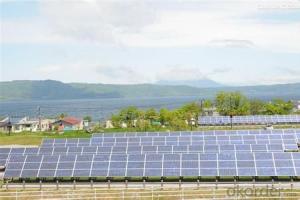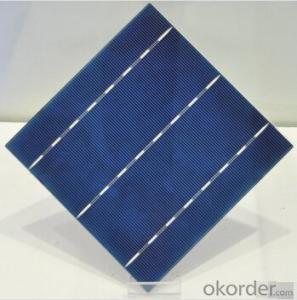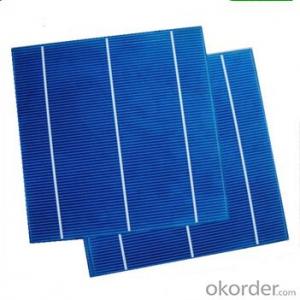Screen Printed Solar Cells
Screen Printed Solar Cells Related Searches
Ac Inverter For Solar Panels Solar Panel With Ac Inverter Gas Furnace With Ac Panda Hot Water Bottle Cover Minion Hot Water Bottle Cover Abb Solar Water Pump Inverter Solar Water Pump Philippines Extra Long Hot Water Bottle Solar Panel Dc To Ac Inverter Old Fashioned Hot Water BottleHot Searches
Cheap Solar Cells For Sale Flexible Solar Cells For Sale Q Cells Solar Panels For Sale Printed Solar Cells For Sale Bulk Solar Cells For Sale 6x6 Solar Cells For Sale Broken Solar Cells For Sale Cpv Solar Cells For Sale Photoelectric Cells For Sale Price Of Silicon Solar Cells Price Of Solar Cells Over Time Buy Solar Cells From China Cheap Solar Cells China Best Type Of Solar Cells Flexible Solar Cells Price Q Cells Solar Panels Price 3 Types Of Solar Cells Production Of Solar Cells Common Types Of Solar Cells Q Cells Solar Panel PricesScreen Printed Solar Cells Supplier & Manufacturer from China
Okorder.com is a professional Screen Printed Solar Cells supplier & manufacturer, offers integrated one-stop services including real-time quoting and online cargo tracking. We are funded by CNBM Group, a Fortune 500 enterprise and the largest Screen Printed Solar Cells firm in China.Hot Products
FAQ
- Yes, solar cells can be used to power water purification systems. Solar cells convert sunlight into electricity, which can then be used to power various devices, including water purification systems. This allows for a sustainable and environmentally-friendly solution to provide clean and safe drinking water in areas without access to electricity grids.
- Is the Solar Power Photovoltaic Cells the same as PV cells modules?
- Yes it is, nowadays, we even construct the PV power plant, which is a solar power generation, intelligent temperature control, modern high-tech plant as one of the photovoltaic power generation system.
- Yes, solar cells can be used in farming or agriculture. They can be used to power various agricultural processes such as irrigation systems, lighting, and machinery. Additionally, solar panels can be installed on rooftops or in fields to generate electricity, reducing reliance on the grid and providing a sustainable energy source for farming operations.
- Yes, solar cells can definitely be used in disaster response vehicles. Solar cells can provide a reliable and sustainable source of power, allowing these vehicles to operate even in areas with limited access to electricity. They can be used to charge batteries, power communication and lighting systems, and run necessary equipment, making disaster response vehicles more self-sufficient and efficient during emergency situations.
- Solar cells typically perform less efficiently in snowy conditions. The accumulation of snow on the surface of solar panels obstructs the incoming sunlight, reducing the amount of energy that can be converted into electricity. Additionally, the cold temperatures can also decrease the overall performance of solar cells. However, some modern solar panels are designed to be more snow-resistant and have special coatings that allow snow to slide off more easily, which helps to maintain their efficiency to some extent.
- Yes, solar cells are weather-resistant. They are designed to withstand various weather conditions, including rain, snow, and extreme temperatures, without significant damage to their functionality.
- The amount of land required to install solar cells varies depending on various factors such as the type and efficiency of the solar panels, the amount of electricity desired, and local conditions. On average, it is estimated that 1 megawatt (MW) of solar power requires approximately 5-10 acres of land. However, advancements in solar technology have led to the development of more efficient panels, reducing the land footprint needed for installation. Additionally, innovative approaches like rooftop solar panels can utilize existing structures, minimizing the need for additional land.
- How about the solar cell 156mm Mono-Crystalline?
- If you are getting this kind of solar cells-Mono Solar Cell measure by 156mm, the light intensity is 1000W/㎡, 25 ℃, AM1.5



















